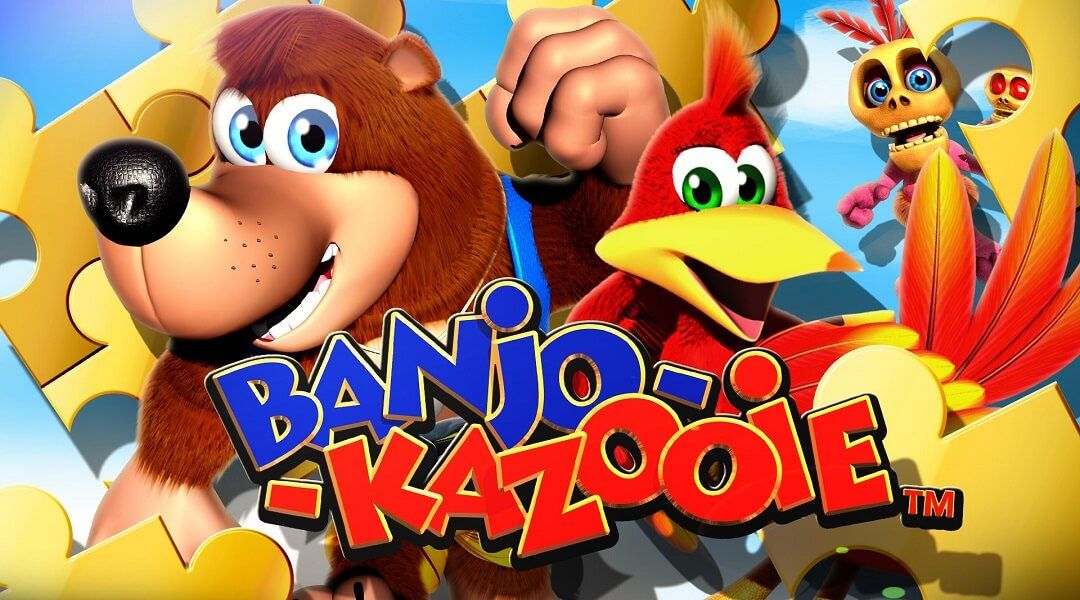In the latest episode of Rare Revealed, the celebrated developer explains how the Banjo-Kazooie opening sequence was put together using motion capture animation.
While some fans are holding out for a possible Banjo-Threeie or just waiting for the Banjo-Kazooie spiritual successor Yooka-Laylee, Rare has taken it upon itself to keep revealing new info about the first game in the series. Rare's latest video detailing unknown facts about Banjo's original adventure reveals five more interesting tidbits, including how the studio put together the game's iconic intro sequence.
The introduction in Banjo-Kazooie, and really the whole game, takes a lot of inspiration from music. From the names of the title characters to the many different songs throughout Banjo-Kazooie's levels, it's not hard to see that one of the game's dominant themes is music. As a result, the opening sequence has the main characters playing various musical instruments, but according to Rare, it originally also had them singing.
While the singing bit was left on the cutting room floor, one relic from the early versions of the Banjo-Kazooie intro actually did make it to the completed game. Originally, the animation for Banjo in the opening sequence was completed using motion-capture technology, but Rare decided to axe most of it in favor of animating the intro by hand. However, the motion capture work done to make Banjo's hips swing while he's playing his banjo can still be seen in the game.
[HTML1]
Banjo's motion captured hip-swinging has been retained in every version of the game, meaning that those that play Banjo-Kazooie in the Rare Replay collection can still see it in action. In the mean time, Rare has revealed some other unknown pieces of information about the 3D platforming classics besides just how the company put together its intro.
For example, it turns out that Project Dream, the game that eventually became Banjo-Kazooie, had some of its assets re-used despite its cancellation. The ghosts in Banjo-Kazooie were created using troll characters originally made for the Nintendo 64 version of Project Dream, and the gargoyles in the Egyptian level were made using assets taken from Project Dream back when it was a Super Nintendo game.
The video also reveals that Banjo's sister Tooty was going to be a playable character. Apparently the original ending of Banjo-Kazooie saw Banjo turn into a frog after the boss fight with Gruntilda, which meant that players had to replay all of the levels as Tooty to collect the coins necessary to revert Banjo back to his bear form. The developers interviewed don't specify how playing as Tooty would have differed from playing as Banjo, but one has to imagine that it would have been a pretty different experience.
It is a testament to the depth of Banjo-Kazooie and Rare's development philosophy that we can still learn new information about the game nearly 20 years after its release. It will be interesting to see if Rare has even more interesting facts about the development of Banjo-Kazooie, or if fans now know all there is to know about the game's development.
Banjo-Kazooie is available for Nintendo 64, Xbox 360, and Xbox One.
Source: Destructoid

